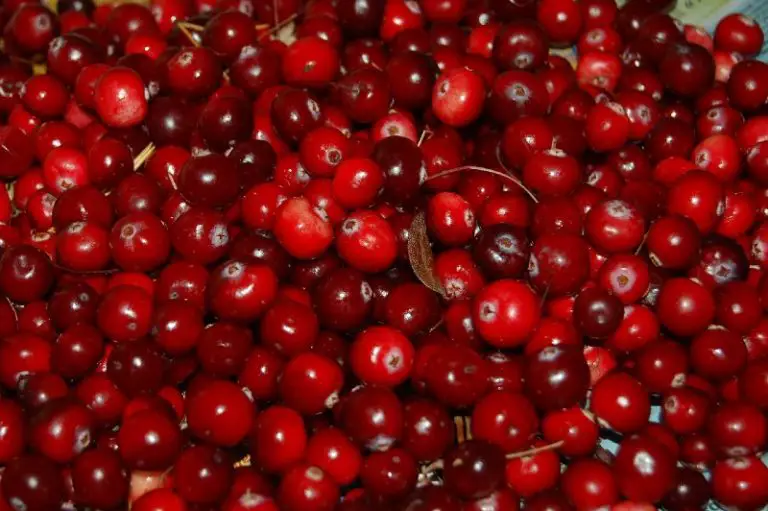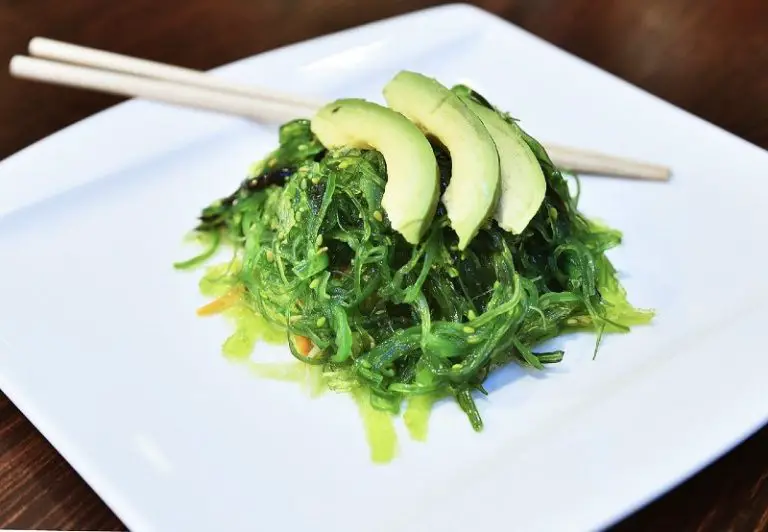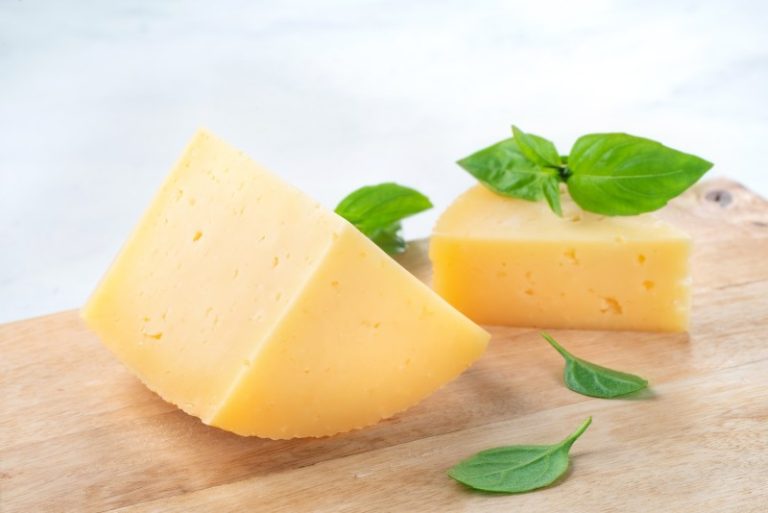Roth Bar and Grill at Hauser & Wirth, Bruton, Somerset
We drove to the Hauser & Wirth gallery at Durslade Farm outside of Bruton, Somerset, in torrential rain, to celebrate my husband’s birthday. Although I have followed the team’s progress on social media I was not expecting such beautiful stone and brick barns and outbuildings, stretching out across a flat courtyard square and into the farmland beyond.
A few years ago these buildings were near derelict, and now an internationally renowned modern art dealer couple, Iwan and Manuela Wirth, have filled it with installations, a restaurant called Roth Bar and Grill {named after Bjorn and Oddur Roth, son and grandson of the artist Dieter Roth}, a visitor shop, a farmshop for guests to stay in, workshop areas, offices and a Piet Oudolf designed perennial meadow, spanning 1.5 acres and containing 26 000 herbaceous plants.
The ambition, scope and vision of this endeavour are really admirable: there is so much to see, do and experience here that a visit is worth a journey, regardless of the weather or distance.
This is not a wealthy part of Britain – nearby towns, far from London and hit hard from recession, have boarded-up shops, closed pubs and moribund high streets. Yet, suddenly, you arrive to a development like this in the middle of a field and, just like Daylesford Farm in Gloucestershire, or Rick Stein’s empire in Padstow, or Robin Hutson’s Pig Hotel empire, you realise the power of private wealth, hard work and business acumen to provide jobs, prosperity and much needed local investment. The ripple effects, hopefully, will be felt on livelihoods around the surrounding countryside.
Needless to say, you have to book a seat at the table – Roth Bar and Grill is packed. And for a reason.
The restaurant is very relaxed and informal, filled with families and diners of all ages and demographic profiles – the staff are quick, slick and smiley, with jaunty brown aprons, navy blue tops and plimsolls.
Much attention is focused on sourcing produce from as nearby as possible – Durslade is a 200 acre working farm that manages herds of rare breed pigs, Lleyn sheep, Hereford and Aberdeen Angus cattle, and will soon open its own farm shop, selling the market garden produce, meat and game to visitors. From field to fork to frame – the sustainability of this project is centred on variety and usefulness. You can see, discover, eat, drink, learn, buy and experience, all under one roof.
The food is delicious – British, fresh, simple, hearty and rustic, this is not a drizzle-gels-foam eatery. It showcases a succinct Menu {hence little waste} that can be enjoyed at breakfast, lunch, tea time or dinner {late nights on Fridays}.
The bestseller is surely the RBG Burger – so many waitresses walk past you carrying two at a time – stuffed with pickles, onions, Sandridge farm bacon, smoked Godminster cheddar {made in Bruton} and accompanied by thin chips. A roasted beetroot and Homewood ewes cheese tart is accompanied by a fresh green salad and Lyme Bay sea bream is covered in zesty gremolata.
A thin nut brittle sits atop a whirl of clotted team, on top of a plum and almond tart and crème brulee is given its authentic historical name, Cambridge burnt cream.
The prices are very reasonable for food of this quality and provenance – from £6 for a big farm pork leg ciabatta sandwich with apple sauce, to £20 for Durslade Farm fillet of beef and horseradish. Portions are generous, plates are big, glasses are filled, bread is baked by the team At The Chapel, who run the show here, and Head Chef Steve Horrell even makes his own butter. His wife, Jules Horrell, is front of house manager. It’s a family firm.
The wine list is eclectic and interesting, featuring a wide variety by the carafe and glass too, as well as local Westcombe Wild Beers and Somerset Ciders.
You will lust after many of the design features – Luis Laplace of Laplace architects has created stunning, spartan, soaring white rooms for exhibitions, Sonya Dyakova of Atelier Dyakova has brought her typeface and branding-identity skills to bear, with reference to the vernacular aesthetics and history of the buildings.
There are many nods to the geography, the history and the land that this place inhabits – Durslade Farm merino wool and local artisan products are showcased in a shop glass cabinet at reception; there are photo postcards for sale depicting the life of the Gilling family that once lived and farmed here; local people are employed to act as room stewards {just like the National Trust volunteer system}.
Even if you don’t need to go to the loo – make sure you visit it. Wash your hands in the animal trough, and look at the hooks on the backs of the doors.
The most exciting part of the visit for me was the Piet Oudolf meadow – showcased in one of the gallery rooms in an exhibition called “Open Field”, where you can see the designer’s coloured drawings, plans and ideas. Outside, in the wild wet wind, we saw grasses and flowers waving and dancing, soft, muted colours of pink, blue and white creating a palette of delicate, exquisite elegance. You could sit on the terrace and look at it all day long – the planting and landscape are mesmerising.
A much needed injection of colour, creativity and life has been achieved here – build it and they will come, goes the saying. And so they did.
Hauser and Wirth: www.hauserwirth.com


